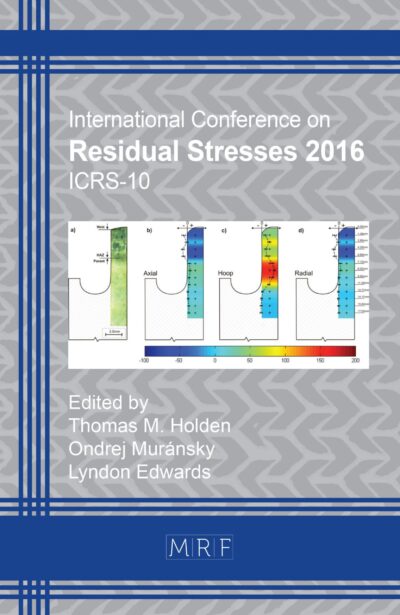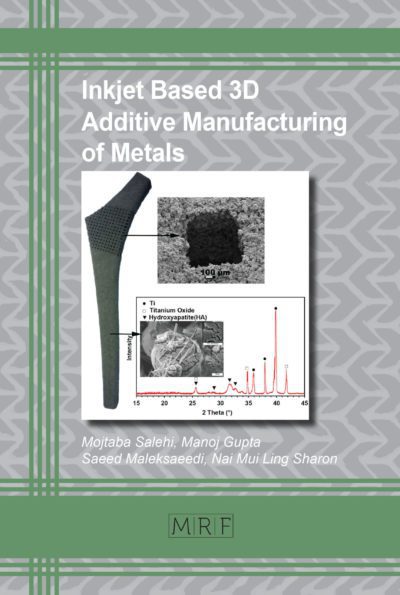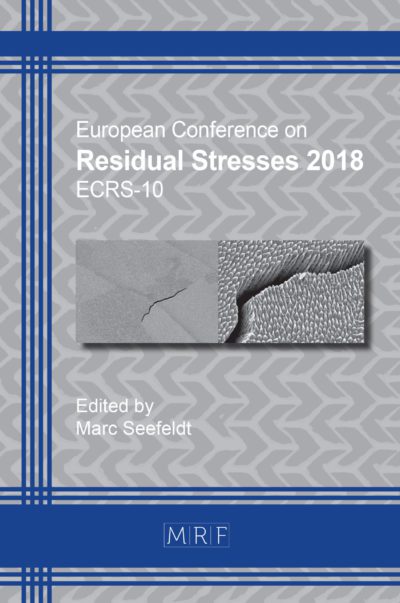On the morphing behavior of 4D printed PLA-based parts
Mylene S. Cadete, Idalina Gonçalves, Victor Neto
Abstract. 4D printing integrates additive manufacturing (AM) with smart materials to create structures capable of changing shape over time in response to stimuli, such as temperature. Despite its potential for adaptive systems, this technology faces challenges in controlling the morphing behavior of printed polymers. This study investigates the influence of 3D printing parameters, particularly in fused filament fabrication (FFF), on the morphing behavior of PLA-based polymers. The primary goal is to establish a relationship between printing conditions and shape memory properties to improve the design of adaptive structures. An experimental approach was divided into micro and macrostructural analyses. At the microstructural level, hot programming techniques were used to examine how crystallinity, influenced by extrusion temperature and printing speed, affects morphing capabilities. At the macrostructural level, morphing behavior was directly encoded during the 3D printing process by adjusting parameters such as raster angle, printing temperature, and speed. A design of experiments (DoE) was utilized to feed machine learning algorithms, enabling the correlation of experimental results with processing parameters. Microstructural analyses revealed that extrusion temperature and printing speed significantly impact the crystallinity of PLA. At the macrostructural level, it was observed that samples printed with a 0° raster angle exhibited greater deformation compared to those printed with a 90° raster angle. The machine learning models successfully predicted the shape recovery behavior of printed parts, offering a data-driven tool for optimizing design and manufacturing while minimizing trial-and-error experimentation. These findings contribute to the advancement of 4D printing technology, enabling the creation of adaptive structures with enhanced performance and reliability.
Keywords
Additive Manufacturing, Shape Programming, Printing Parameters, Machine Learning
Published online 5/7/2025, 7 pages
Copyright © 2025 by the author(s)
Published under license by Materials Research Forum LLC., Millersville PA, USA
Citation: Mylene S. Cadete, Idalina Gonçalves, Victor Neto, On the morphing behavior of 4D printed PLA-based parts, Materials Research Proceedings, Vol. 54, pp 337-343, 2025
DOI: https://doi.org/10.21741/9781644903599-37
The article was published as article 37 of the book Material Forming
![]() Content from this work may be used under the terms of the Creative Commons Attribution 3.0 license. Any further distribution of this work must maintain attribution to the author(s) and the title of the work, journal citation and DOI.
Content from this work may be used under the terms of the Creative Commons Attribution 3.0 license. Any further distribution of this work must maintain attribution to the author(s) and the title of the work, journal citation and DOI.
References
[1] F. Mehrpouya, A. Pourjamshidi, M. Ding, 4D printing of smart materials: Evolution and applications, Addit. Manuf. 36 (2020) 101577. https://doi.org/10.1016/j.addma.2020.101577
[2] M. Ding, Y. Zhao, B. Zhang, Advances in the evolution of 4D printing: Materials, applications, and challenges, Prog. Mater. Sci. 107 (2019) 100577. https://doi.org/10.1016/j.pmatsci.2019.100577
[3] Cadete, M.S., Gomes, T.E.P., Gonçalves, I., & Neto, V. Controlling Morphing Behavior in 4D Printing: A Review About Microstructure and Macrostructure Changes in Polylactic Acid. 3D Printing and Additive Manufacturing, 10 (2023) 6. https://doi.org/10.1089/3dp.2022.0088
[4] F. Momeni, X. Liu, J. Ni, 4D printing—An evolution from 3D printing: Techniques, materials, and applications, Mater. Des. 122 (2017) 42-79. https://doi.org/10.1016/j.matdes.2017.03.051
[5] Y. Xia, M. Fang, D. Wang, 4D printing of shape memory polymers: Structure–property relationships and their role in application, J. Mater. Chem. A 9 (2021) 39-59. https://doi.org/10.1039/D0TA08846G
[6] Y. Liu, T. Zhao, J. Xu, Effect of processing parameters on shape memory behavior in PLA 3D printed structures, Polym. Eng. Sci. 59 (2019) 881-892. https://doi.org/10.1002/pen.25092
[7] S. Nam, E. Pei, Analysis of raster angle effects on 4D printed PLA components using FFF technology, Addit. Manuf. 34 (2020) 101235. https://doi.org/10.1016/j.addma.2020.101235.
[8] K. Yu, Q. Qi, Z. Zhou, Layer thickness control and anisotropy effects in 4D printing of PLA-based structures, Adv. Mater. Technol. 5 (2020) 1900853. https://doi.org/10.1002/admt.201900853
[9] M. Bodaghi, M. Damanpack, A. L. Ghaffar, Finite element analysis and experimental validation of thermo-mechanical behaviors in 4D printed structures, Smart Mater. Struct. 28 (2019) 055021. https://doi.org/10.1088/1361-665X/ab0dc5
[10] H. Su, C. Wang, S. Zhang, Machine learning for 4D printing: Predicting morphing behavior of active structures, Soft Robot. 7 (2020) 735-744. https://doi.org/10.1089/soro.2019.0130
[11] Cadete, M.S., Gomes, T.E.P., Gonçalves, I., & Neto, V. Influence of 3D-printing deposition parameters on crystallinity and morphing properties of PLA-based materials. Progress in Additive Manufacturing. 10 (2025) 127–137. https://doi.org/10.1007/s40964-024-00608-x














